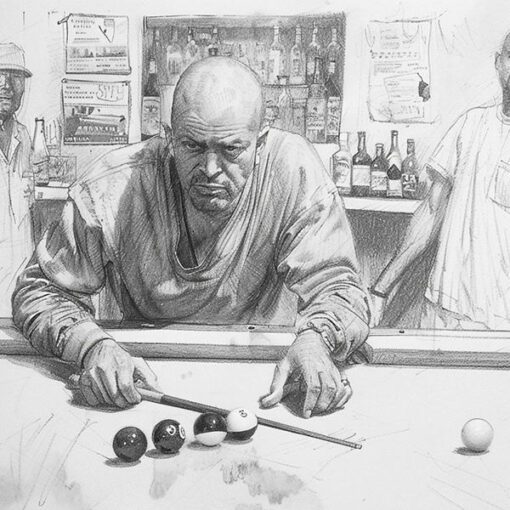Q COSTARICA — On Monday, the Ministry of Environment and Energy, the Ministry of Culture, and the Municipality of San José unveiled the designs, master plan, and General Management Plan for the Simón Bolívar Urban Natural Park (UNUR).
The project to convert the former zoo into Costa Rica’s first urban natural park was put together by the Friends of Nature Association of the Central and South Pacific, supported by funding from the Transition to an Urban Green Economy Project, along with MINAE’s Central Conservation Area (ACC).
This effort is part of the Sustainable Cities Impact Program under the Global Environment Facility, rolled out by the United Nations Development Program (UNDP) and the Organization for Tropical Studies (OTS).
During the presentation, the Asociación Amigos de la Naturaleza del Pacífico Central y Sur (ASANA) shared a realistic vision of the former zoo’s transformation into the region’s first Urban Natural Park, which will feature a distinctive cultural and heritage route.
The guiding idea behind the new infrastructure is summed up as “Redefining what has been inherited.” The plan respects the site’s history while creatively adapting existing structures with a fresh, modern touch.They also introduced the General Management Plan—this official guide lays out the key priorities and management framework for the park over the next decade.
The focus is on restoring and protecting the forest and its wildlife, aquatic ecosystems, architectural and cultural treasures, plus spaces meant for recreation, learning, and wellbeing.
Three main strategies shape this vision: one targets conservation, restoration, and research of the natural environment; another focuses on preserving architectural and cultural heritage; and the third aims to maintain and enhance spaces that encourage community connection and personal well-being.

“This is a huge milestone—turning a former state zoo into the first Urban Natural Park in the Greater Metropolitan Area. It shows our administration’s dedication to wildlife protection and reflects a strong partnership between local and national governments,” said Franz Tattenbach, Minister of Environment and Energy.
He added that the park will offer a unique cultural and heritage circuit right in the heart of San José for everyone to enjoy. “We promised this months ago and have been working closely with partners across sectors to bring this environmental and cultural treasure back to life.”
The Simón Bolívar National Park (PANU) spans 2.63 hectares in El Carmen district, nestled within the Río Torres Interurban Biological Corridor.
Since opening to the public in 1921, it has evolved alongside society’s changing views on recreation and nature.
Many original elements remain intact, helping tell the park’s story. That’s why the Ministry of Culture and Youth has identified a heritage circuit with significant historical value, set to become a highlight for visitors.“In this iconic space, once home to the Simón Bolívar Zoo, we’re redefining how art, culture, and nature come together.
Thanks to the National Museum of Costa Rica, one of its natural collections will be relocated here, creating a dynamic environment for learning, research, and enjoyment,” said Jorge Rodríguez Vives, Minister of Culture.
He explained that the old animal cages will be repurposed as spaces for recreation, education, and art exhibitions. The goal is to turn them into lively hubs for creativity, culture, and community events that also support local economic revival.
In the short term (1-3 years), they plan to finish diagnostic and planning stages and kick off essential work to reopen the park.
The medium term (3-5 years) will focus on maintaining and restoring current infrastructure.
Longer-term (5-10 years) goals include building new facilities to broaden services and improve opportunities for leisure, education, and mental health.
San José’s mayor, Diego Miranda, welcomed the progress. “It’s great to see concrete plans moving forward for Simón Bolívar Park. The Municipality has been working with MINAE to clarify our role in this project, and we’ll soon finalize the details of our collaboration.”
He noted ongoing positive talks with the National System of Conservation Areas (SINAC), which could allow the Municipality to use some park facilities for community events.
“We’re also exploring options for the local government to contribute resources toward restoring parts of the park. All this will be formalized soon with an agreement,” said the mayor.
This content was created with assistance from AI tools. The content has been reviewed and edited by a human.
Source link
Rico



